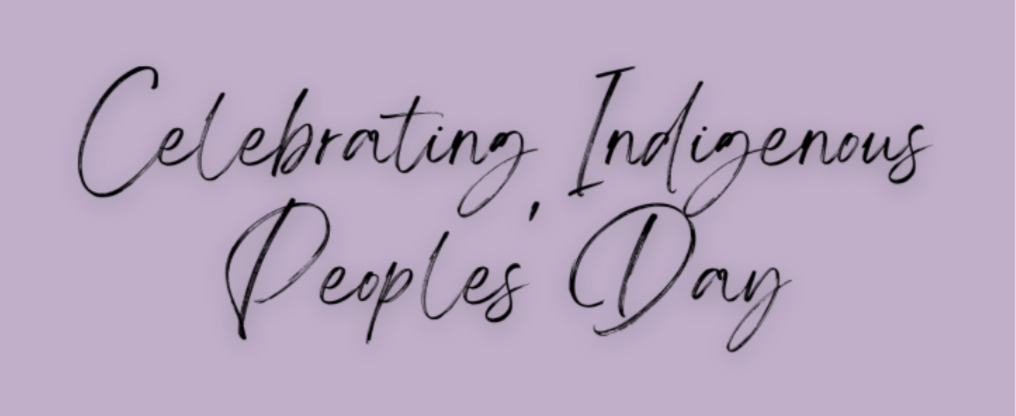The action alongside acknowledgement
As the month of November begins, so too does the official recognition and celebration of Indigenous Peoples. Starting in 2017 with Alaska, ten states recognized Indigenous Peoples’ Day either in place of Columbus Day or alongside the federal holiday. However, that recognition and acknowledgment should extend beyond one day of the 365 we experience. On Oct. 10, 2022, I attended the sixth Indigenous Peoples’ Day, IPD, at Shackamaxon, or Penn Treaty Park near Fishtown, Pennsylvania on the Delaware River, one year after Mayor Jim Kenney signed an executive order to change the former Columbus Day to Indigenous Peoples Day in Philadelphia.
I spoke with some of the attendees, asking them about the significance of this event on an individual and collective scale. Tania León, a member of the Otomí-Tepehua tribe of Hidalgo, Mexico and owner of Tenangos Philly said, “Estamos seguimos aquí, y seguimos este reviviendo nuestra cultura y queremos mostrarla al mundo que seguimos aquí.” [“We are still here, and we are continuing to revive our culture and we want to show the world that we are still here.”]
Indigenous Peoples’ Day at Shackamaxon filled the air with vocalizations, songs, copal and incense, percussion and stories across generations and terrain. Speakers and performers came from as far south as Chile and as north as Ontario, Canada. The descendants of the original people of Philadelphia, the Lenni-Lenape, which translates to “Men of Men” or “Original People,” came together to educate and share their culture. As Janis Stacy, a board member of IPD Philly Inc. of Cherokee and Dakota descent, said, “This is a way for us to say we have our own people. We have our own culture, we’re part of the history of this area that people don’t seem to understand.”
Unfortunately, Indigenous history is not included in common academic curricula. The Indigenous names of the counties, rivers and regions of Pennsylvania are often not readily available on standard maps. Statues that decorate Philadelphia’s sidewalks and buildings do not carry thousands of years of tradition and culture. The lack of conversation and publicized discourse surrounding the Indigenous population in and around Philadelphia creates a vacuum of knowledge that is inevitably harmful and silences the Indigenous people and their notable plight. Some people, like Cheyanne Little Flower Elam, a member of the Mvskoke [often spelled Muskoke] tribe within the Seminole Nation, often find it painful to talk about their culture due to its erasure and widespread misinformation.
As with other months of heritage recognition, the rhetoric and support of minority groups should not stop as soon as the next month rolls over. People continue to exist past 30-31 days, as do their struggles, their history, their culture and their power.














































